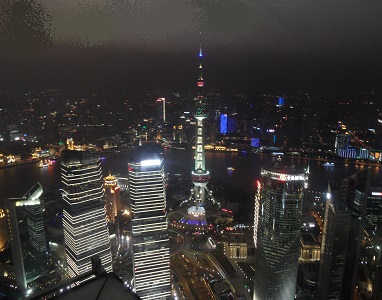According to the results from an Asian hotel booking website survey, smartphones are key to good vacations.
An Asian hotel booking website, Agoda.com, has conducted a study regarding travel habits and behaviors of people around the world, and what they found was that people from Asia feel that mobile technology is the most important thing to remember when on a vacation.
The majority of westerners feel the same way about remembering their credit cards.
The website held the survey online during February 2014 and involved the participation of more than 50,000 of the site’s customers. These individuals were from countries around the world and were asked what item they would least like to forget to bring on vacation with them. Asian travelers chose their mobile technology, hands down. Western travelers clearly felt different about the most important item that they would need to bring.
This helps to demonstrate the importance of mobile technology to the average person in Asia.
Among the travelers from Asia, 45 percent said that their smartphones were the one item that they would most hate to forget when going on vacation. In second place was credit cards, which were chosen by 29 percent of the votes from that region. Europeans and Americans, on the other hand, said that credit cards were more important to remember than their cell phones.
The responses from the European travelers said that credit cards were most important to 47 percent of them. Among Americans, that figure was 44 percent. Only 19 percent of respondents from Europe and North American said that mobile devices were the most important.
Survey participants from France showed the largest disparity between the importance of credit cards and mobile technology. Fifty eight percent felt that credit cards were the top thing that they would not want to forget to pack, while only 9 percent were concerned about remembering their smartphones.
In Asia, the only country that showed an exception to the rule where mobile devices came first was among the respondents from Japan. There, 38 percent chose their credit cards first while 28 percent selected their cell phones.
That said, the company is still in critical care as it continues to battle to break even in its cash flow.
Investors have turned their eyes back on BlackBerry Ltd., once more, as the company’s strategies for cutting costs and preserving funds have led it to actually report a solid balance sheet in its fourth quarter earnings, which were released in recent news.
This will help to give the company the time that it needs to be able to attempt to turn its situation around.
BlackBerry brought itself about as close to death as a company can. However, now that it has broken through the other side of that experience, it is now working on the “specifics of charting a course to promised cash flow break-even by the fiscal first quarter.” This technology news is according to RBC Capital Markets analyst, Mark Sue.
Sue pointed out that liquidity is no longer one of BlackBerry’s largest risks within the near future.
He pointed out that the reason that liquidity isn’t among the struggles that the company will face in the near future is because of the tax refunds that it will receive, this quarter, which are expected to total approximately $500 million (U.S.). Moreover, it will receive an additional $300 to $400 million in tax refunds due to its recent sales in real estate. The result will be an additional $2.2 billion in net cash.
Sue’s belief is that if it is possible for the transition between the mobile devices manufacturer and Foxconn Technology Group’s production to increase the blended gross margins of the company could make it into the mid to high thirties, then it should also be possible for the cash flow of that handset maker to reach the break even point, which is an estimated $600 million for its standard operations.
The RBC Capital Markets analyst explained that “Should service revenue attrition continue or if Foxconn smartphone demand doesn’t improve, BlackBerry will need to cut more open.” He underscored the importance of the enterprise business stability at the company, which would represent an enterprise subscribership of an estimated 15 to 20 million, which would mean between five and seven million shipments of handsets each year, on top of service revenues of $1.6 billion.



